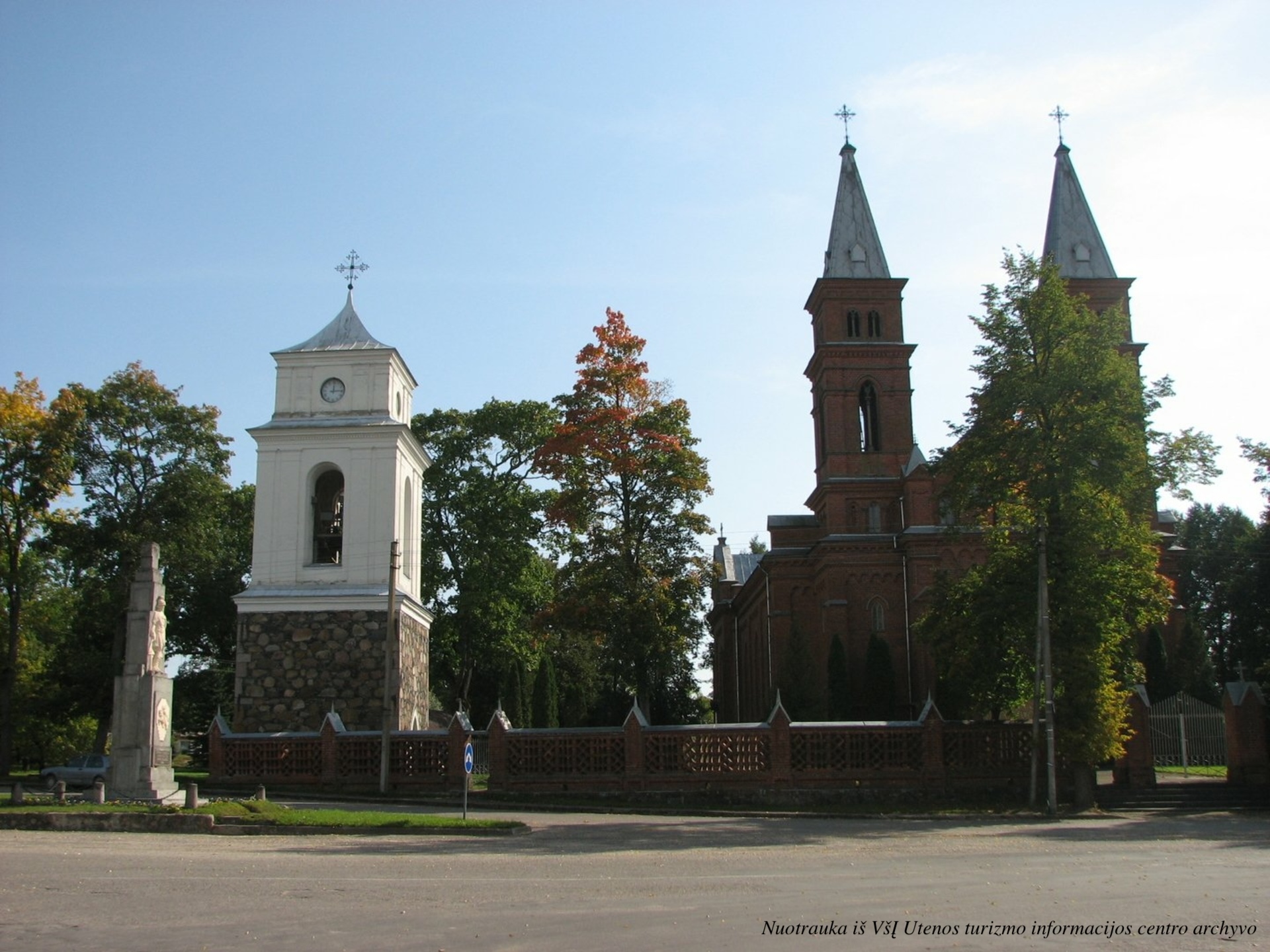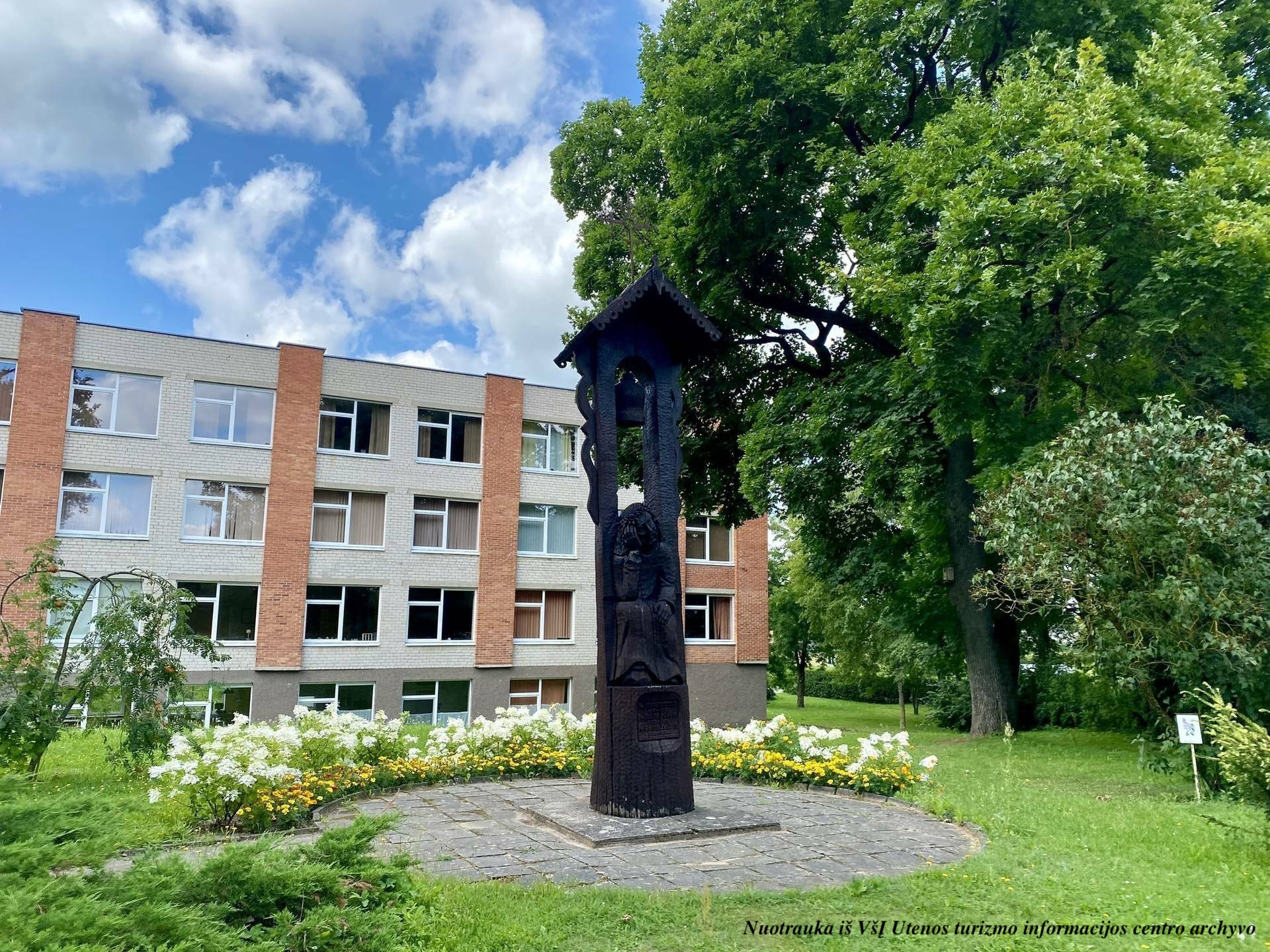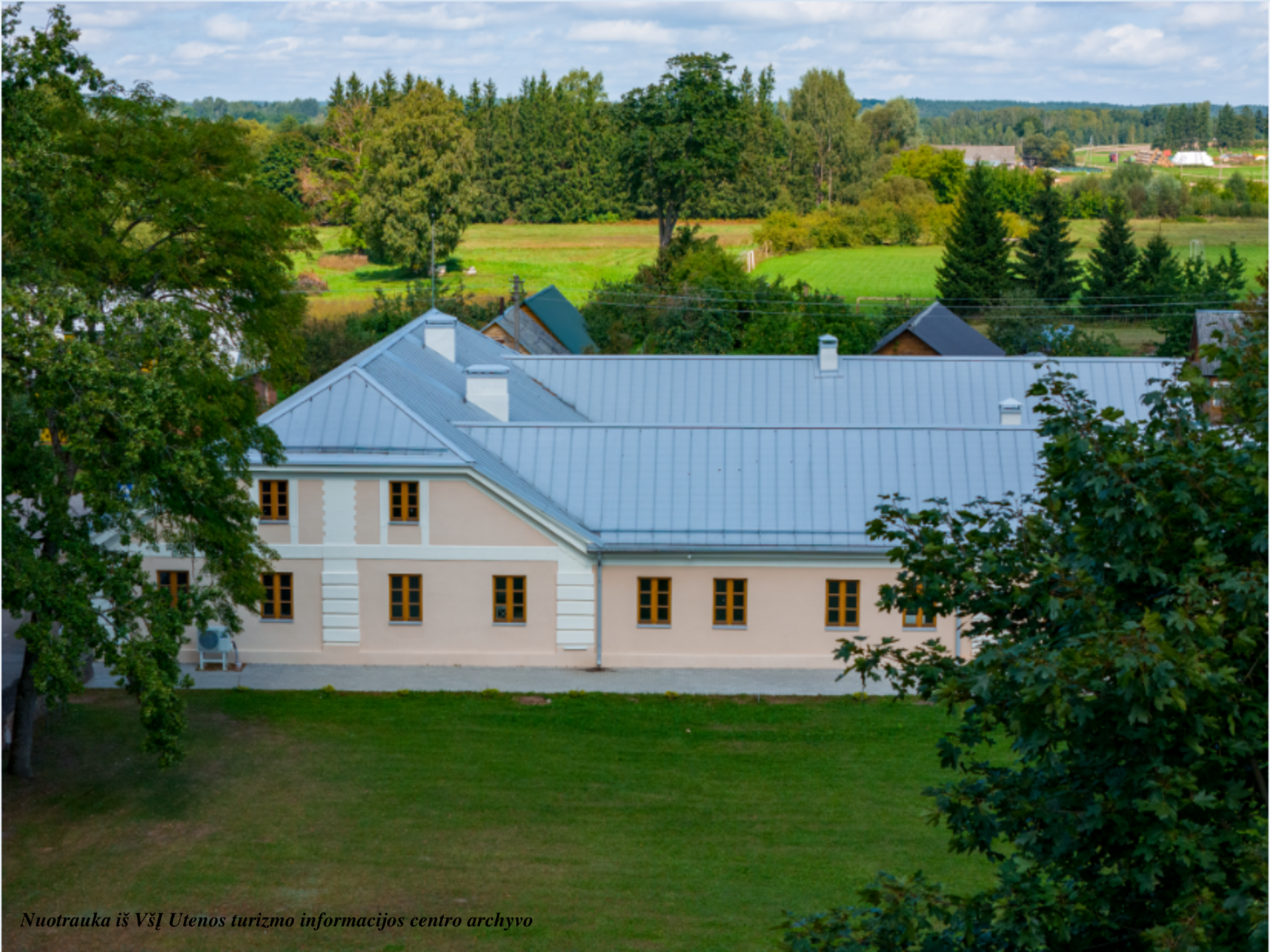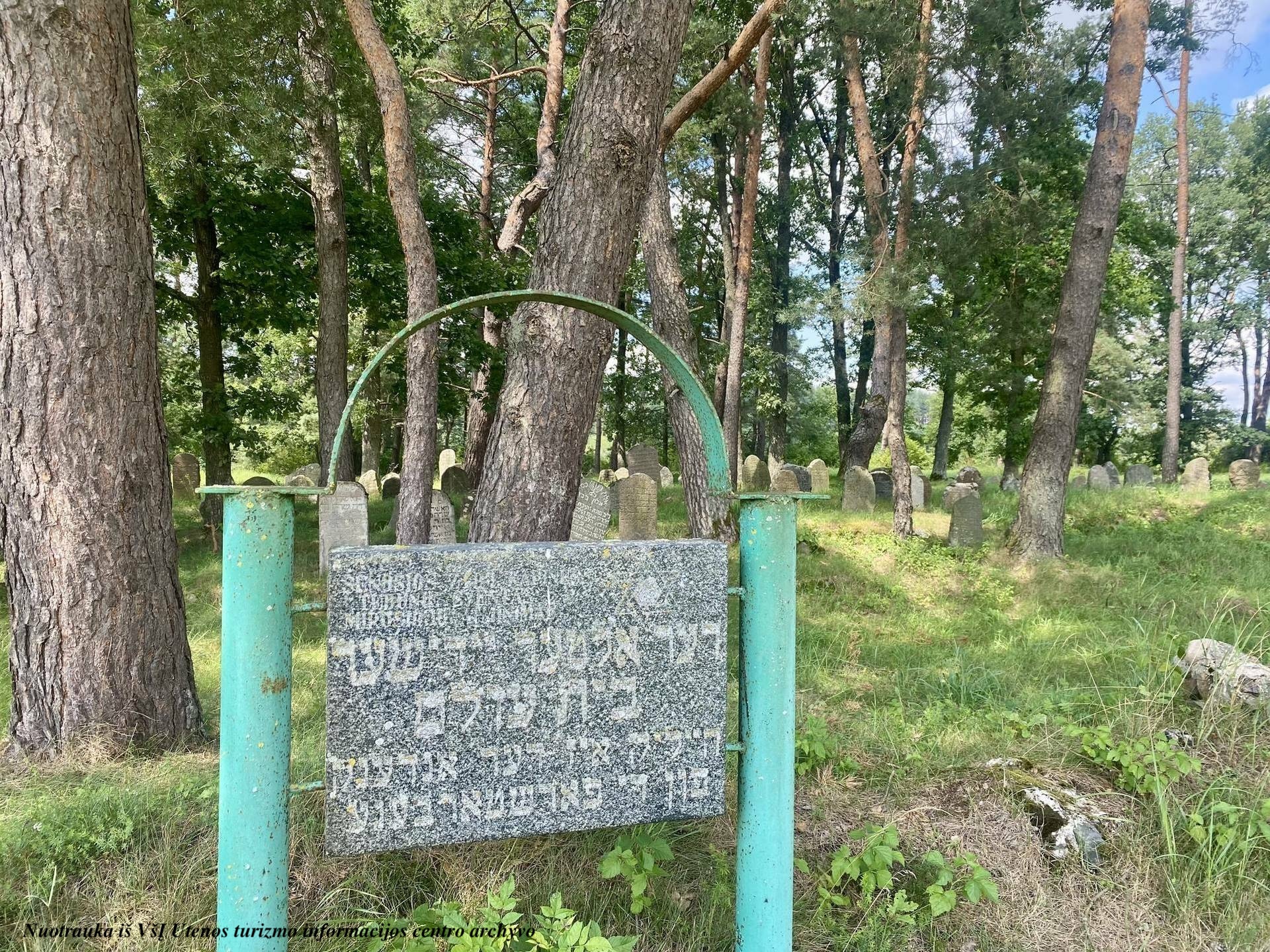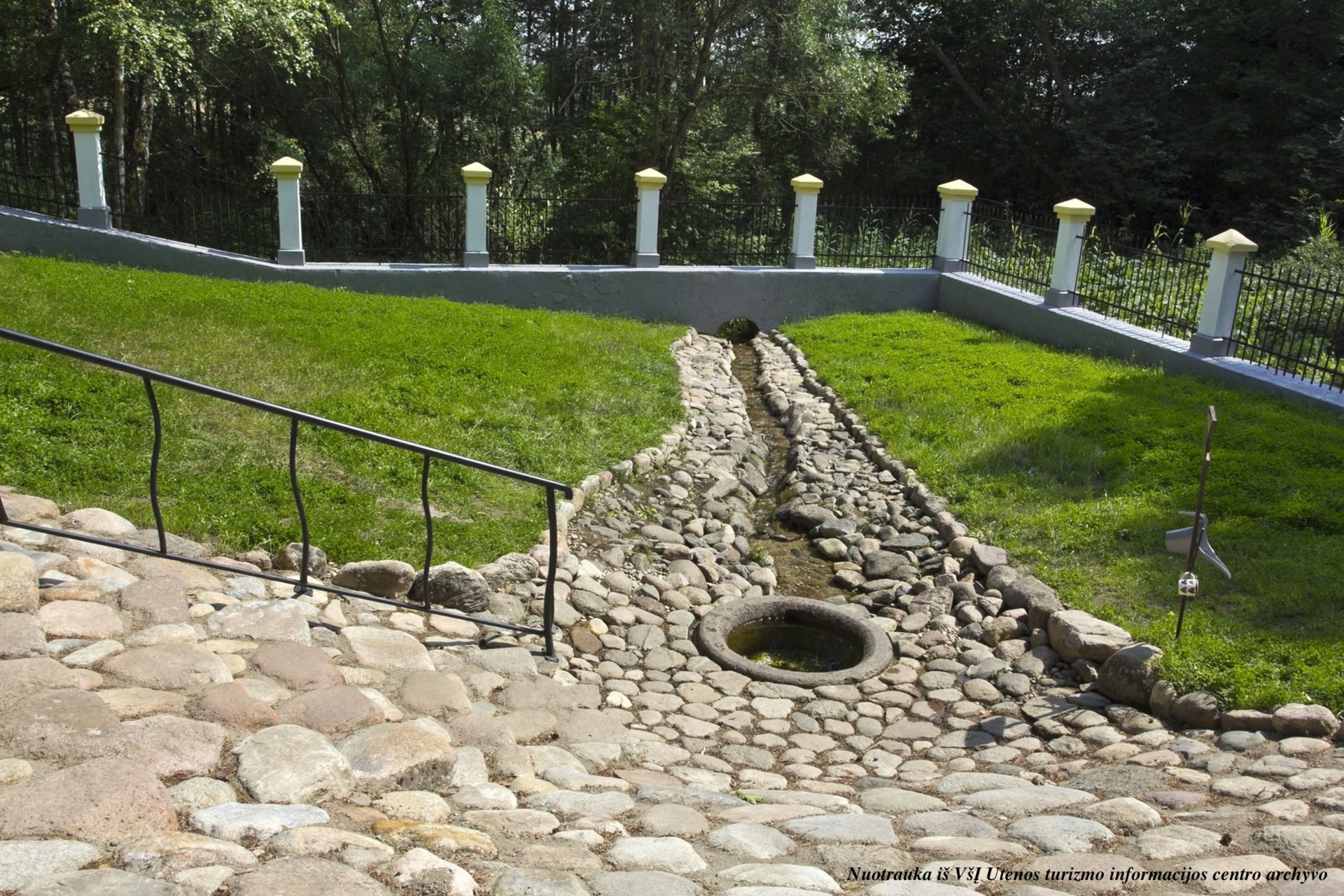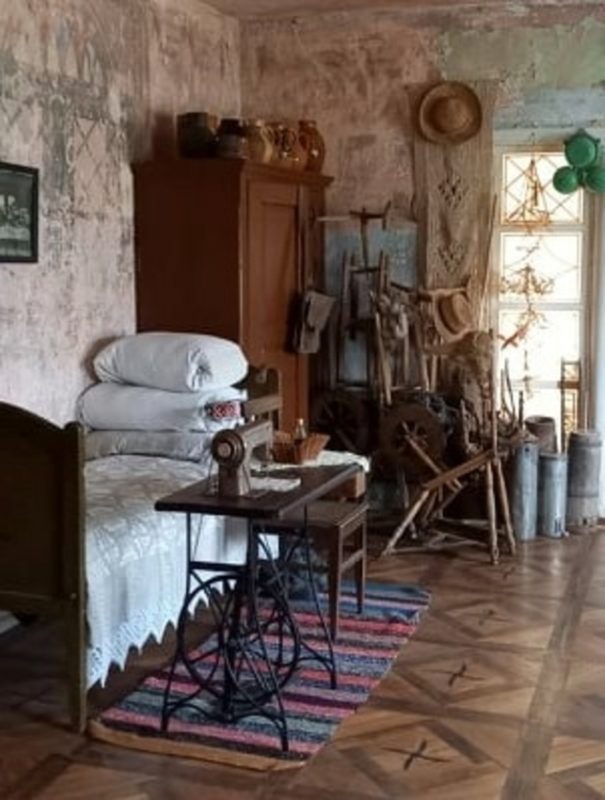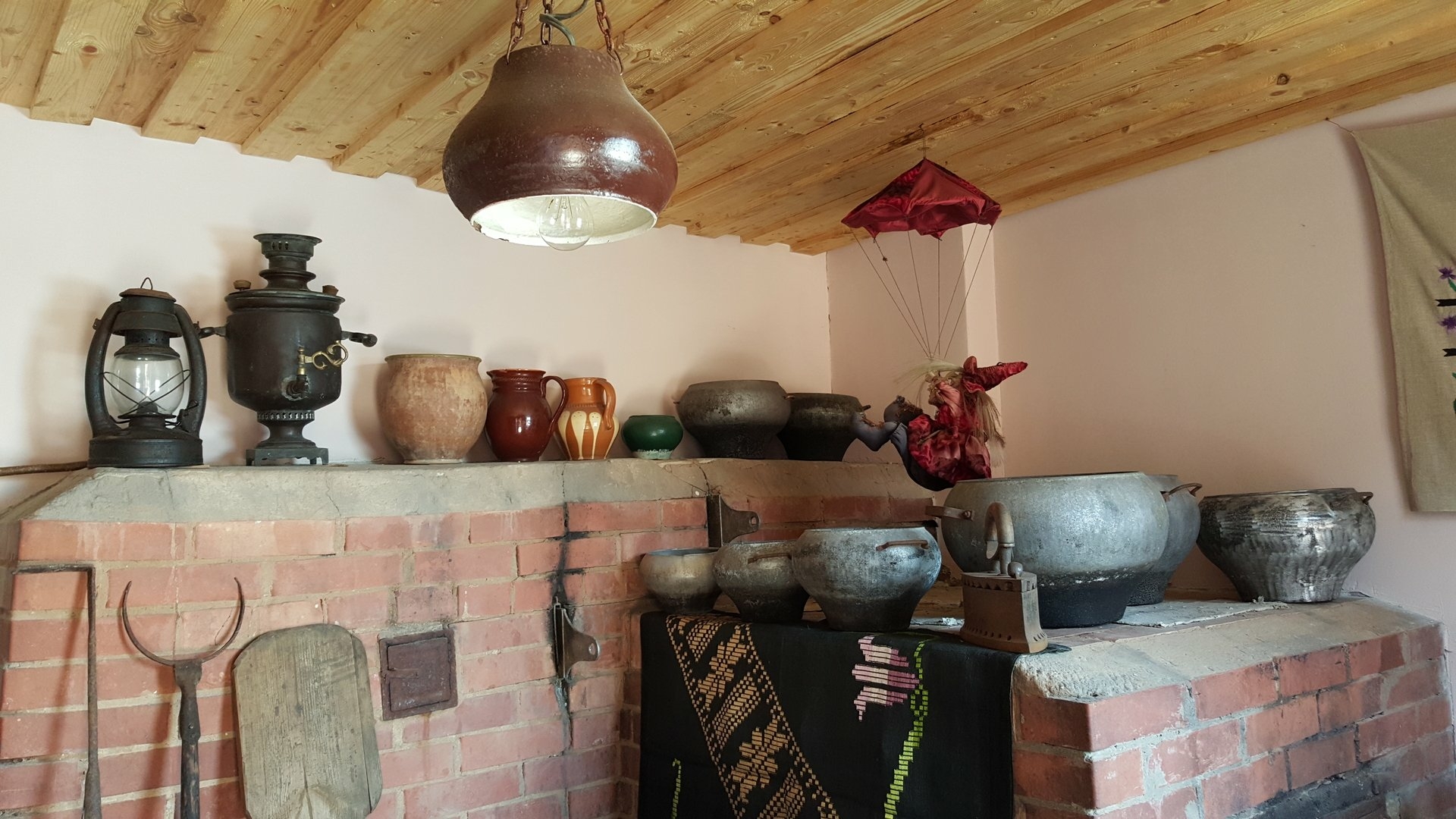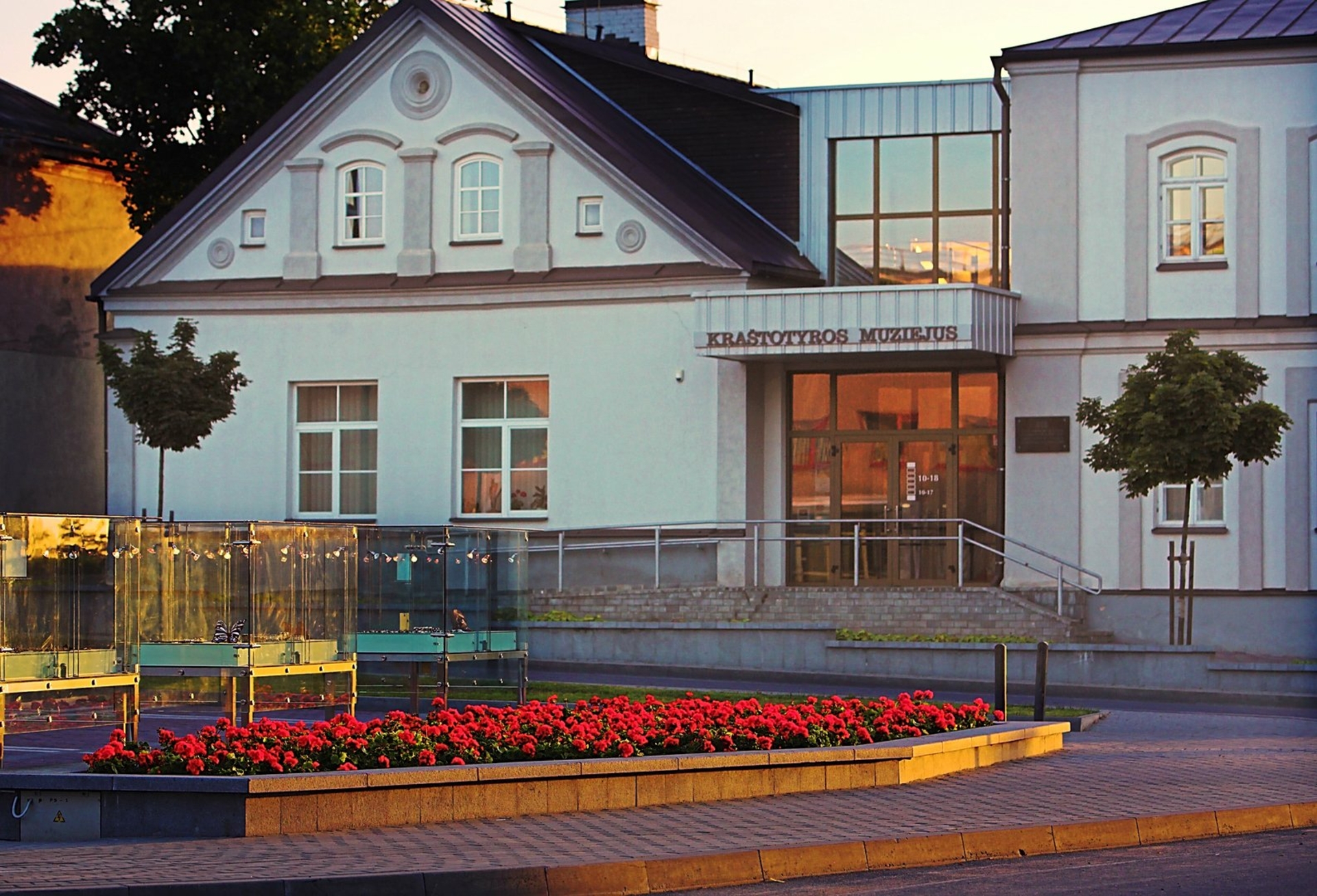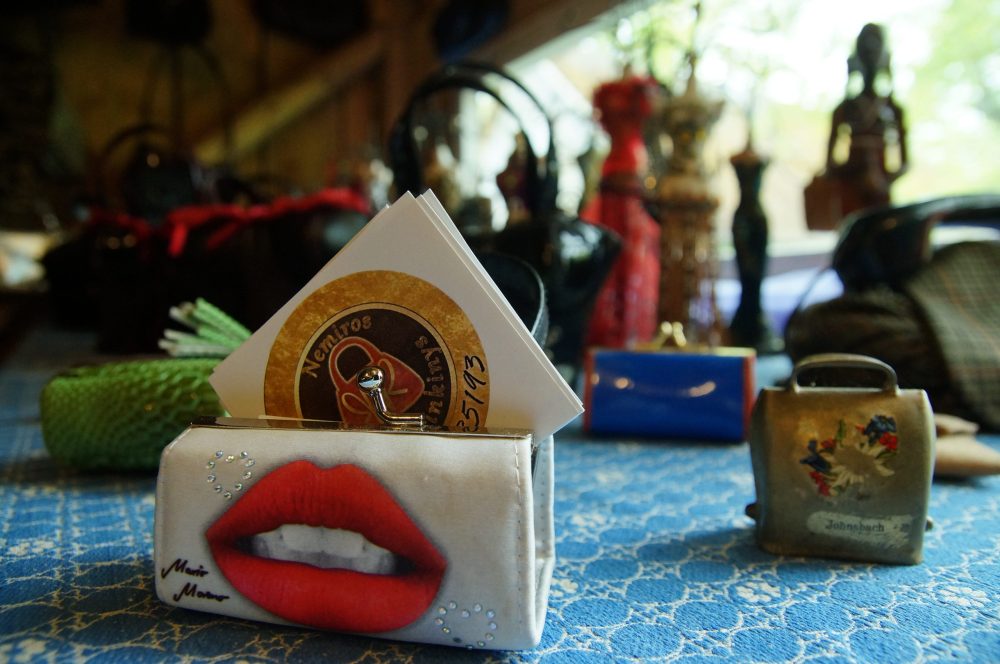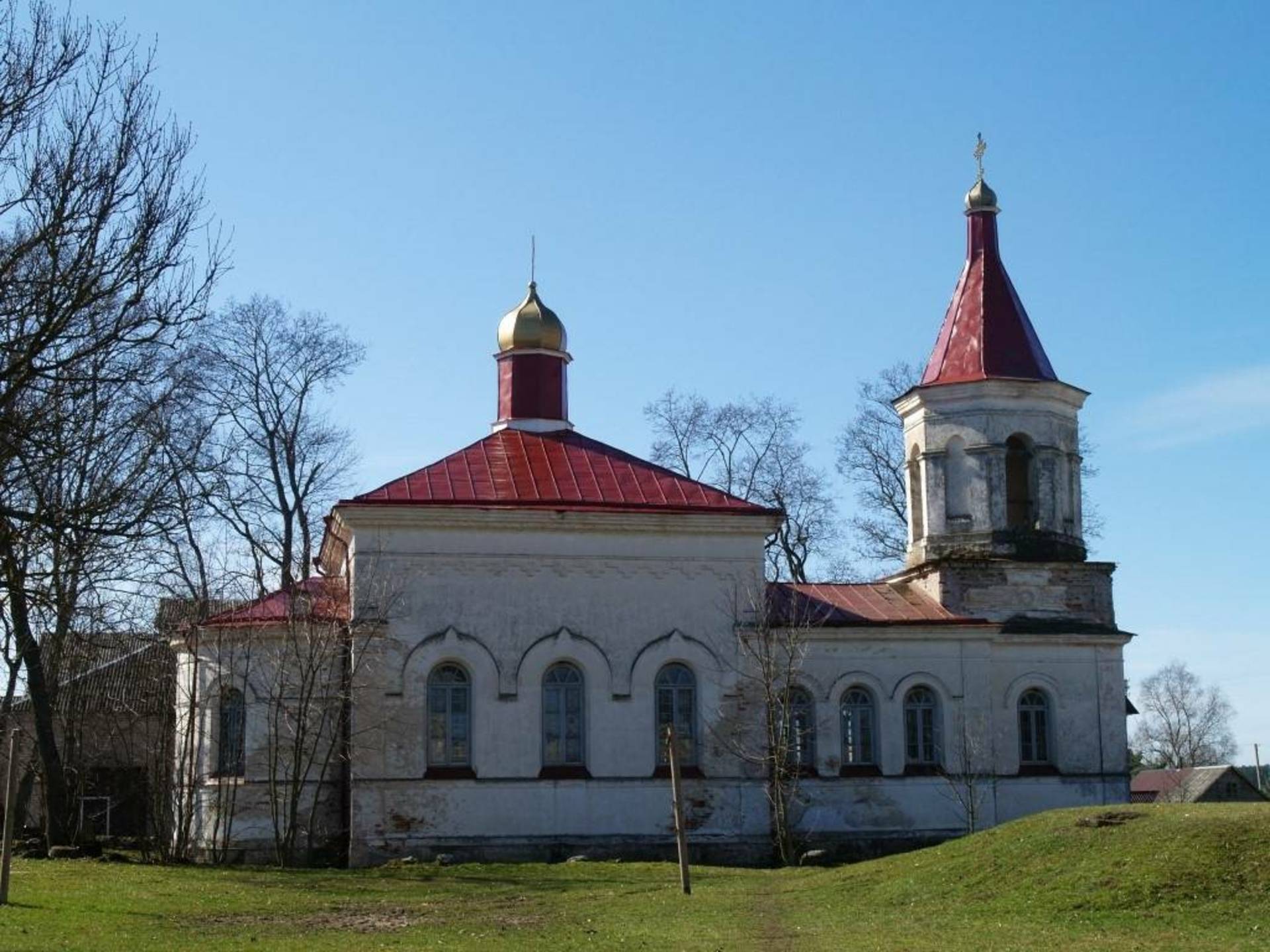The Church of St. Nicholas in Užpaliai

99

0

0
The first building of the Užpaliai church, consecrated in 1866 in the name of St. Vladimir, was located in the village of Mažeikiškiai, about 2.5 km from the town of Užpaliai. After the confiscation of the E. Sapiega estate, 42 hectares of land were allocated to the Russian community, along with three buildings, including one brick and two wooden structures. A temporary church was established in one of the wooden estate buildings, to which the community contributed a bell tower from its own funds.
Info
-

Religious Heritage
-
Whats new?
Nearby attractions
Nearest museums
Nearest food establishments translate this into LT

 Entertainment
Entertainment
 Food establishments
Food establishments





























 55.637632, 25.582564
55.637632, 25.582564
 Get directions
Get directions









